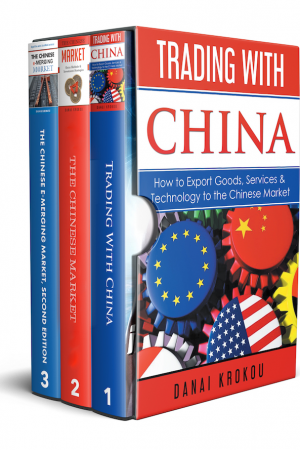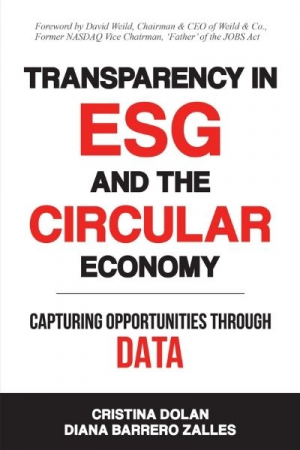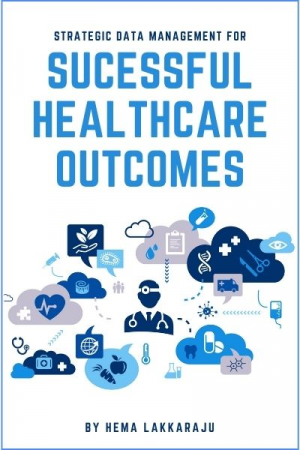Teaching Higher Education to Lead: Strategies for the Digital Age
$31.99“Dr. Sam Choon-Yin has produced a well-researched, insightful and comprehensive book, which is essential reading for anyone with a serious interest in higher education.” –Sajid Anwar, Professor of Finance, School of Business and Creative Industries, University of the Sunshine Coast
Competition to provide education is tense, attributed to the ease to access and process information. Technological development has also landed a terrible blow to the employment situation, which forces higher education institutions to review what and how their students learn. Yet, the desire to retain and grow the number of students and gain commercially can sometimes cloud judgment of educational leaders. They need to know that poorly made decisions hurt the businesses and students.
In this book, Sam Choon-Yin explores how technological development has the potential to transform higher education. However, the same technology also has the potential to disrupt the education sector. The author provides a critical outlook on the prevailing practices of the higher education institutions. By drawing our attention to the various challenges, the author shows how teaching and learning can be effectively carried out in the digital age to serve the needs of students and hiring companies, and ultimately the institutions of higher learning.
Understanding the issues and challenges means better design of and delivery of the curriculum. At a deeper level, the book raises a complex question of “what makes an education institution different” as they aim to define themselves by fulfilling students’ desire. Understanding these issues forms the basis of power for higher education institutions to remain competitive and relevant in the age of digitization.











